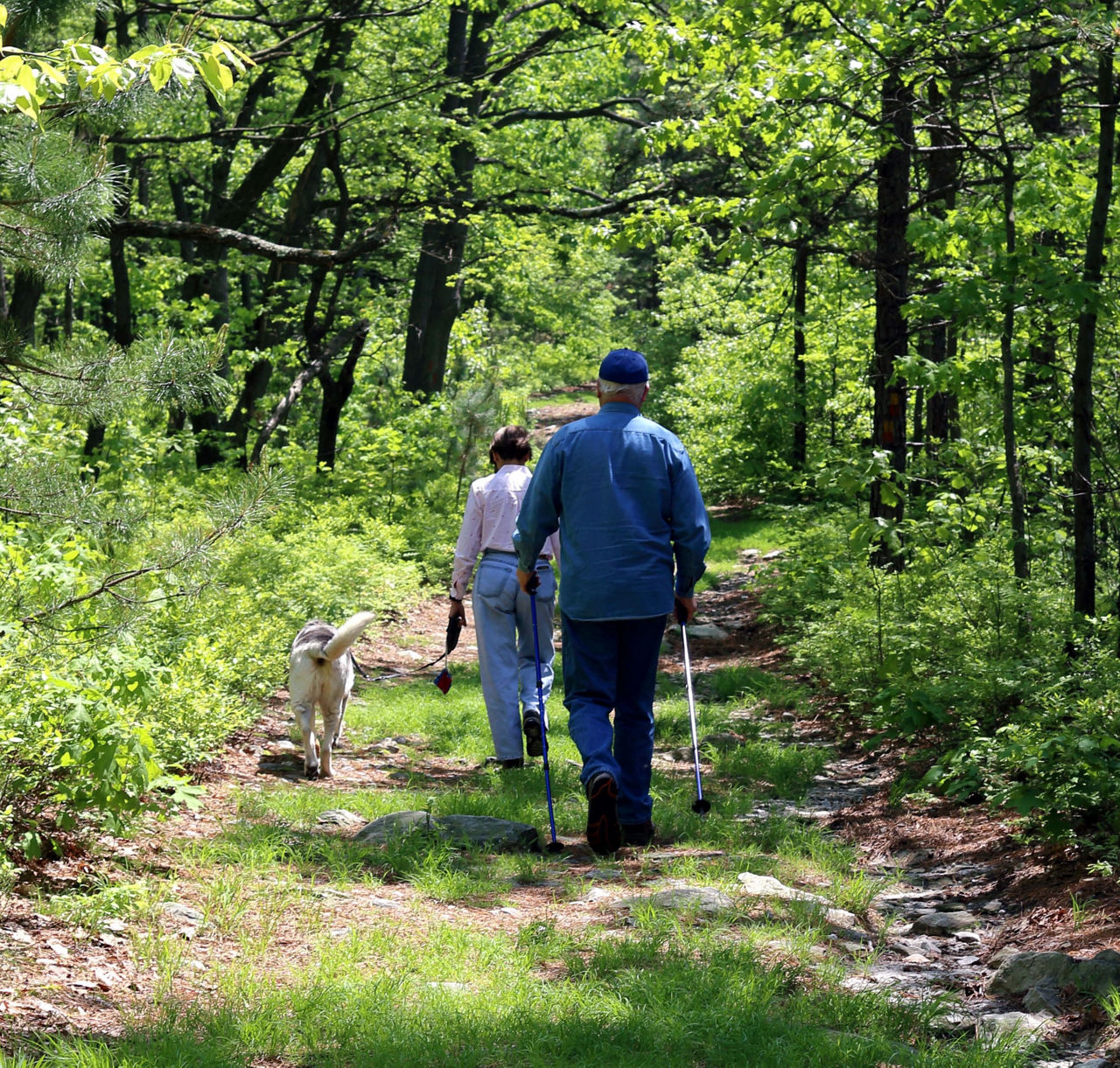Overview
Named for the frontier diplomat, Conrad Weiser, the forest covers almost 30,000 acres on 16 tracts throughout the region.
The Weiser Forest District includes:
- Dauphin County
- Carbon County
- Columbia County
- Lebanon County
- Montour County
- Northumberland County
- Schuylkill County
Weiser State Forest also includes the Sheets Island Archipelago, a series of islands on the Susquehanna River.
Explore Weiser State Forest
The Department of Conservation and Natural Resources Bureau of Forestry manages our state forests for their long-term health and productivity while conserving native wild plants.
These forests are managed as “working forests” and provide a suite of uses and values to Pennsylvania citizens, while maintaining the forest’s wild character.
Our state forests are managed for:
- Pure water
- Recreation
- Scenic beauty
- Plant and animal habitat
- Sustainable timber and natural gas
- Many other uses and values
The management of our state forests is guided by the State Forest Resource Management Plan.
A district-level state forest resource management plan is written for each of the bureau’s 20 forest districts across the state.
In 2018, Weiser State Forest staff collected public comments and responses (PDF) to a draft State Forest Resource Management Plan through public meetings and an online survey.
Using this public input, and building on the statewide 2016 management plan, the Bureau of Forestry revised and completed a new Weiser State Forest Resource Management Plan (PDF), setting district-level management priorities.
View Weiser State Forest’s 2025 management activities (PDF) for projects and events to implement the State Forest Resource Management Plan.
Local state forest harvest schedules promote and maintain desired forest landscape conditions while providing a sustainable flow of forest products.
The Bureau of Forestry has adopted “ecosystem management” as its principal strategy for managing state forests. This approach seeks to conserve the natural patterns and processes of the forest while advancing long-term sustainability.
Ecosystem management promotes the conservation of plant and animal communities and the landscapes and habitats that support them. It also accounts for needs and values of people and communities.
This results in a holistic, integrated approach to managing forest resources.
As you travel throughout the state forest, you’ll see examples of our forests “at work.” Some of these management practices are more noticeable than others, such as:
- Active timber harvests
- Deer exclosure fences
- Natural gas drilling sites
- Prescribed fires
- Gypsy moth spraying
Others are more subtle, such as:
- Protection of a vernal pool
- Buffering a stream from timber harvesting
- Setting aside a special area to conserve its wild character or protect a rare plant community
Each of these management practices and activities play a vital role in the management and conservation of our state forest system.
Pennsylvania’s 2.2-million-acre state forest system is one of the largest dual certified forests in North America. The forest is certified under Forest Stewardship Council™ and Sustainable Forestry Initiative© standards.
The FSC© is an independent organization supporting environmentally appropriate, socially beneficial, and economically viable management of the world’s forests.
SFI© certification focuses on protection of water quality, biodiversity, wildlife habitat, species at risk, and forests with exceptional conservation value.
Dual certification ensures that Pennsylvania’s state forests are managed to the highest third-party standards.















